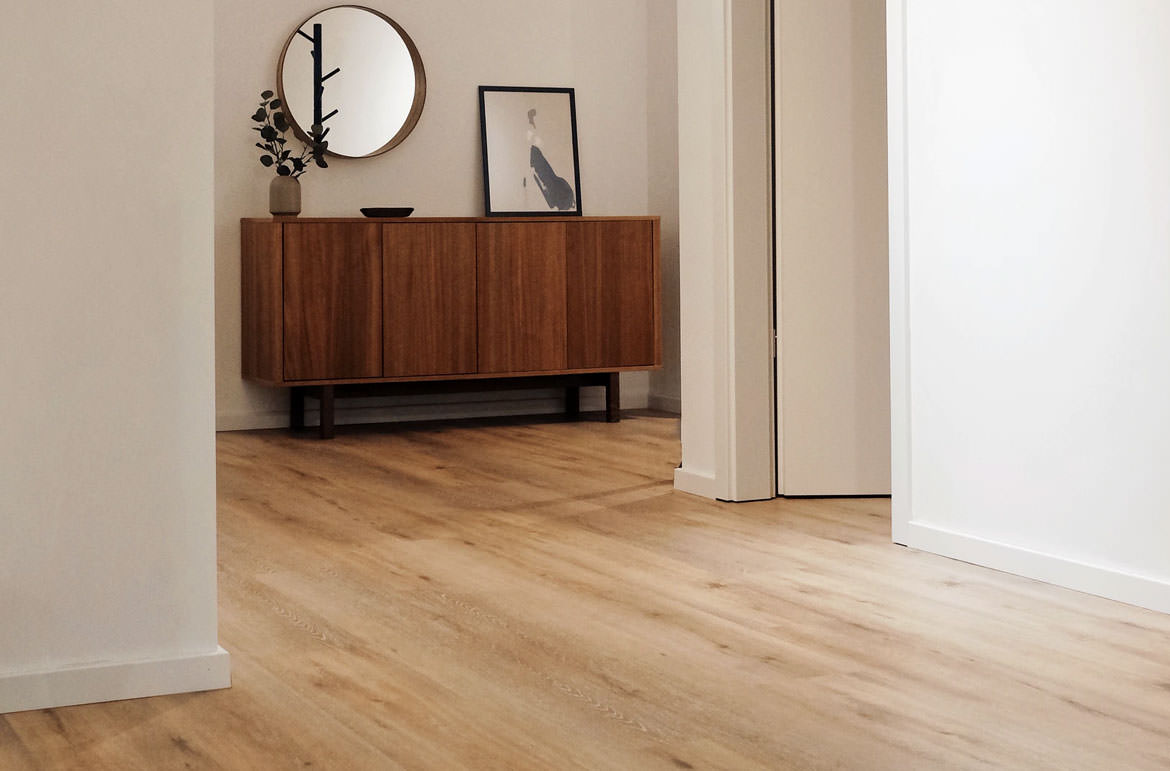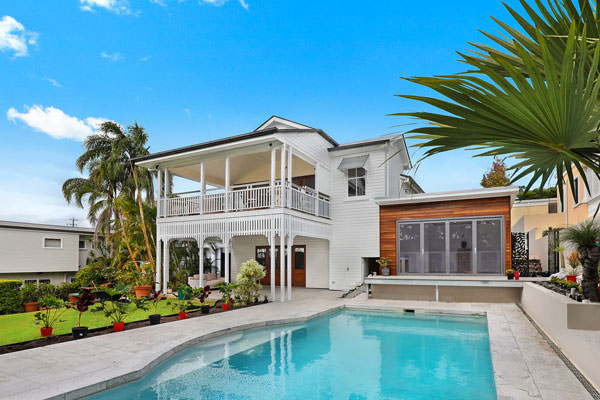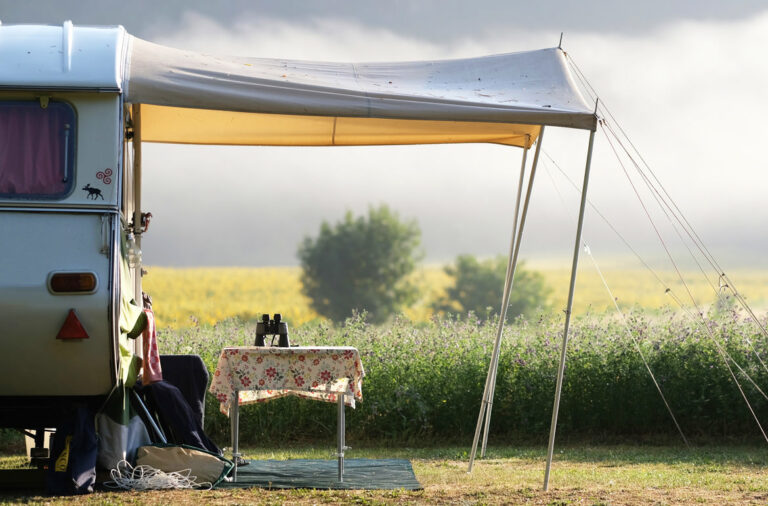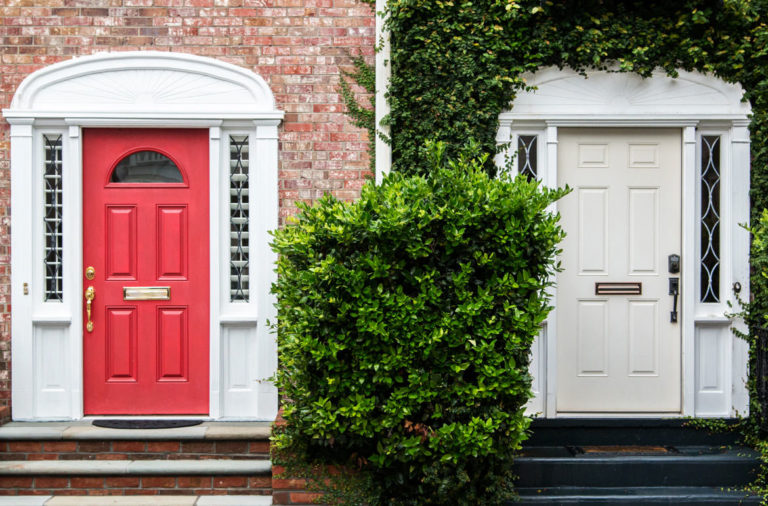
When planning to build a granny flat, you must take into consideration the floor-space-ratio requirement to ensure you have enough room on your land. So, what are the Granny Flat Floor Space Ratio requirements?
The floor space ratio requirement means that the combined total floor area of your house and the proposed granny flat must comply with the floor space area regulations. For my granny flat in NSW I had to add the square metre coverage the primary dwelling took up (main house). I then added it to the proposed granny flat floor space; together this figure could not be more than 50% of the overall land size.
I have listed the rules for every state with a lot more detail below.
DON'T PAY A FORTUNE FOR YOUR GRANNY FLAT. Find out how to deal with council and build a granny flat for the lowest cost possible. Learn More.
And today I will discuss limits of granny flat floor space and how much land you need to build a granny flat.
I will discuss the largest size a granny flat can be built, and whether this varies between states.
Finally, I will answer the all important question: Is it possible to work around these regulations?
How Much Space Can a Granny Flat Take Up on Your Land?
It’s necessary to work out the floor area on your property, including your proposed development.

With a granny flat addition, you make take up less land than you think
Meaning, not only do you have to take into account the floor space for your proposed granny flat, but also:
- The floor area of all structures already on your land.
This is because a granny flat must comply with your Councils’ floor space ratio. Just a few examples include, in;
- NSW, to comply with the AHSEPP, there is a limit on the maximum gross floor area for all buildings on a lot.
- QLD, the granny flat must be less than 50% of the size of the primary dwelling.
- TAS, the granny flat must be a maximum of 60sqm, OR under 30% of the entire floor area of the main home
(the smaller of the two), though this can vary between Councils’.
So, I suggest you contact your local Council for their exact regulations on the floor space ratio.
To calculate your total floor area, you must calculate;
- The total sqm of your primary dwelling (i.e. both levels of a two-storey house), and
- All garages, carports, sheds, patios, decks, awnings, etc., plus
- Your proposed granny flat.
Once you have established how big your granny flat can be, you must also take into consideration the size of your land.
You must ensure that there is enough room on your land for the:
Fortunately, this is not as hard as it may sound. It is the role a surveyor will play, when they come and map out your land.
How Much Land Space Do You Need to Build a Granny Flat?
This too depends on where you live – it varies between states.
In simpler terms:
- NSW – Your land must be at least 450sqm.
- WA – Your land must be a minimum of 450sqm (unless your local Council gives you approval otherwise).
- TAS – There are no standardised rules for Tasmania, they vary from Council to Council.
So, I suggest you contact yours for information.
- NT – There are no prominent rules for the size your land must be in the NT.
I suggest you contact your local Council or the NT Government.
- QLD – Your property must be at least 450sqm.
- ACT – You must have at least 500sqm of land.
- VIC – The minimum land size is 450sqm.
- SA – You must have at least 600sqm of land.
Continue reading below for further guidelines on sizing in each state.
What is the Maximum Size of a Granny Flat?
The maximum floor space for a granny flat is highly dependent on where you live. The floor space allowed can be quite similar within a state, but some Councils’ will be stricter, others more lenient.
In general, the average floor space allowed for a granny flat is between 60sqm – 90sqm. Often rural areas will have a greater allowance.
However, typically the average size of a granny flat when built is between 50sqm – 60sqm.
- Why the difference?
Well, a secondary dwelling this size allows room for:
- One bedroom.
- One bathroom.
- An open plan kitchen, dining and living area.
So, the granny flat still feels like its’ own mini home, making it more attractive to potential tenants if you are planning on renting it out.
Keeping it less than 60sqm also means that there will be:
- More chance you comply with your floor space ratio, and
- Less chance of compliance issues with your local Council.
As mentioned, the maximum floor space allowed for a granny flat really depends on where your property is based. So, if you are wondering what size granny flat you can build in your area, the best thing you can do is contact your local Council.
If you ask them directly, you will find they are more likely to be more tolerant, allowing you more space. However, I recommend that you get their answer in writing.
For a guideline, you can always view the Size Guides, which will help you know what to expect.
Regulations for each State in Australia
Yes, the maximum floor space allowed varies between states and I have listed these below.
- QLD – 80sqm.
However, in Brisbane, the biggest you can build a granny flat is 70sqm, and only two bedrooms.
So, I suggest you speak directly to your local Council to find out your exact regulations, as they vary.
See detailed rules for QLD here.
- VIC – 60sqm, though, as with QLD, the regulations vary depending on your Council.
- NSW – Ranges from 60sqm (Complying Development) – 100sqm (which can only be approved through a Development Application).
View detailed regulations for NSW here.
- SA – Must be EITHER 60sqm OR 70% of the total floor space of the main home (the smaller of the two).
Detailed rules for SA can be seen here.
- TAS – Must be EITHER 60sqm OR 30% of the total floor area of the primary home (the lesser of the two).
See detailed regulations for TAS here.
- WA – Ranges from 70sqm up to 100sqm, depending on your local Council. Rural areas are likely to be more lenient.
Detailed rules for WA can be seen here.
- NT – Metropolitan areas (i.e. the city of Darwin) are more severe, where your floor space is limited to 50sqm.
Other areas (again rural), are potentially more flexible and may allow up to 80sqm.
- ACT – 90sqm. Unlike other states, the ACT also has a minimum size limit of 40sqm.
Can You Work Around These Regulations?
Yes. One of the best things about building a granny flat is there are many different design options and building materials you can choose from.
Just because a granny flat is made to look like a mini-version of your main home, there is no hard-set rule that you must stick to this.
In fact, there are many design ideas you can integrate to make your granny flat legally bigger. External areas are classified as a “non-habitable” space, and so you can add them without losing any floor space.
These include:
- Porches, decks, patios, etc.
- Garages/carports.
- A shed.
- Lofts or roof cavities.
Even the building materials you choose to use will make a difference.
You can always look here for ideas on how to legally increase your floor space.
Conclusion
The granny flat floor space ratio is a regulation that your proposed granny flat must comply by. It makes it essential to work out the total floor area of your existing house and other structures on your land, and your proposed development.
This total space combined must comply with the floor space area controls – leaving an amount of open space deemed necessary in either:
- Your local environment plan, and/or
- The complying development provisions.
You must also take into consideration your land space, and whether you have enough room to meet the requirements for;
Stress not – when a surveyor comes to map out your land, they will ensure you have enough room for your proposed development.
I have found this article which gives a great example as to how a granny flat affects your floor space ratio and whether it will be permitted on your land.
The land you need to build a granny flat does vary depending on the state in which you live, and possibly your area (rural areas tend to be more lenient).
The maximum floor space for a granny flat also varies depending upon where you live. So, I suggest you contact your local Council for their regulations.
However, there is no need to feel limited by your square metre allowance. If you want to experiment with different layouts and adding on different structures, a granny flat is a great way to do this.
Having outdoor living space is essential in granny flat builds and doesn’t take anything away from your allowed floor space. So, just because a granny flat sounds small, it doesn’t have to be small – and you can enjoy lazing back on a deck on a sunny afternoon!
In fact, there are many design ideas you can bring into your granny flat, making it legally bigger.












